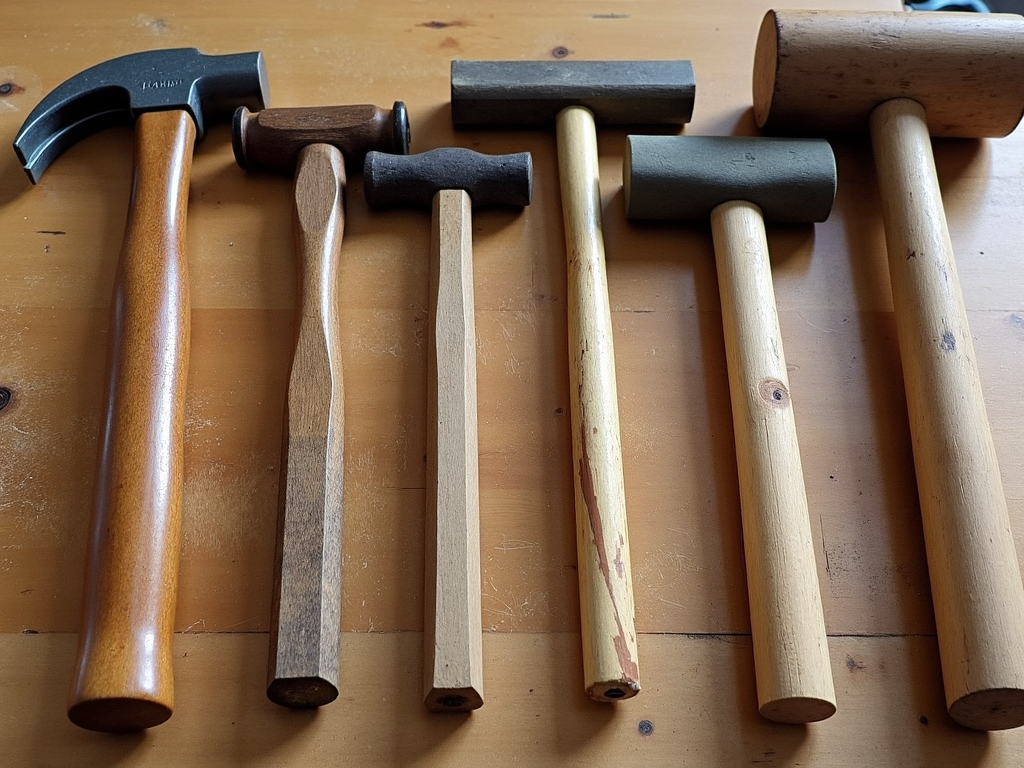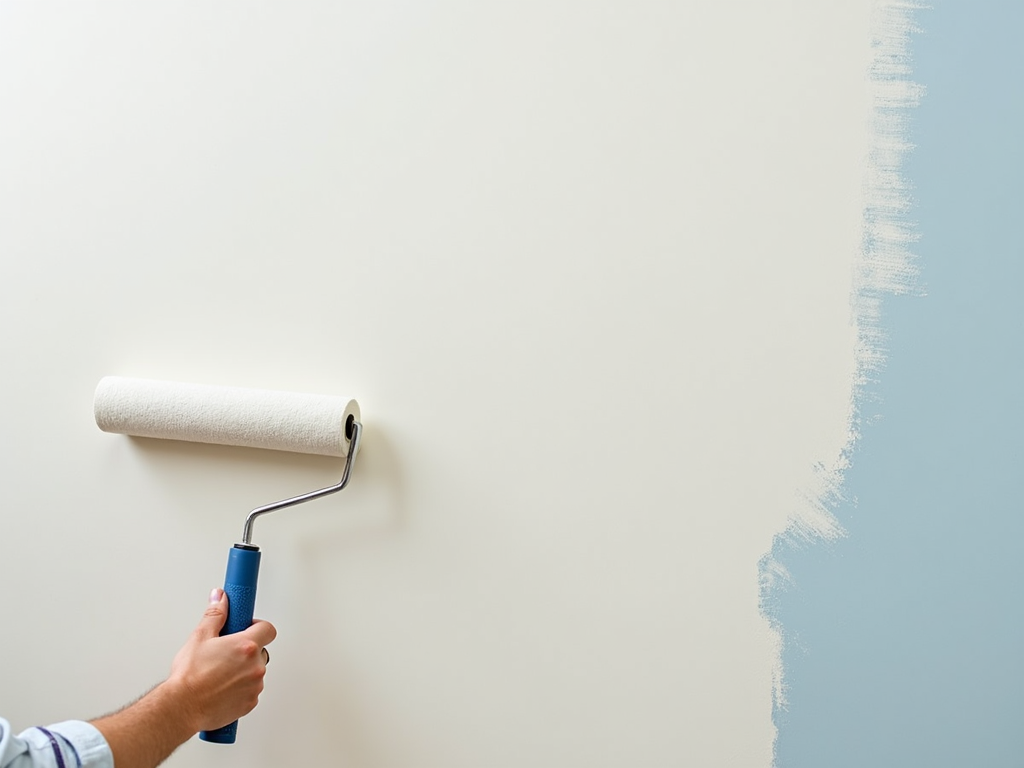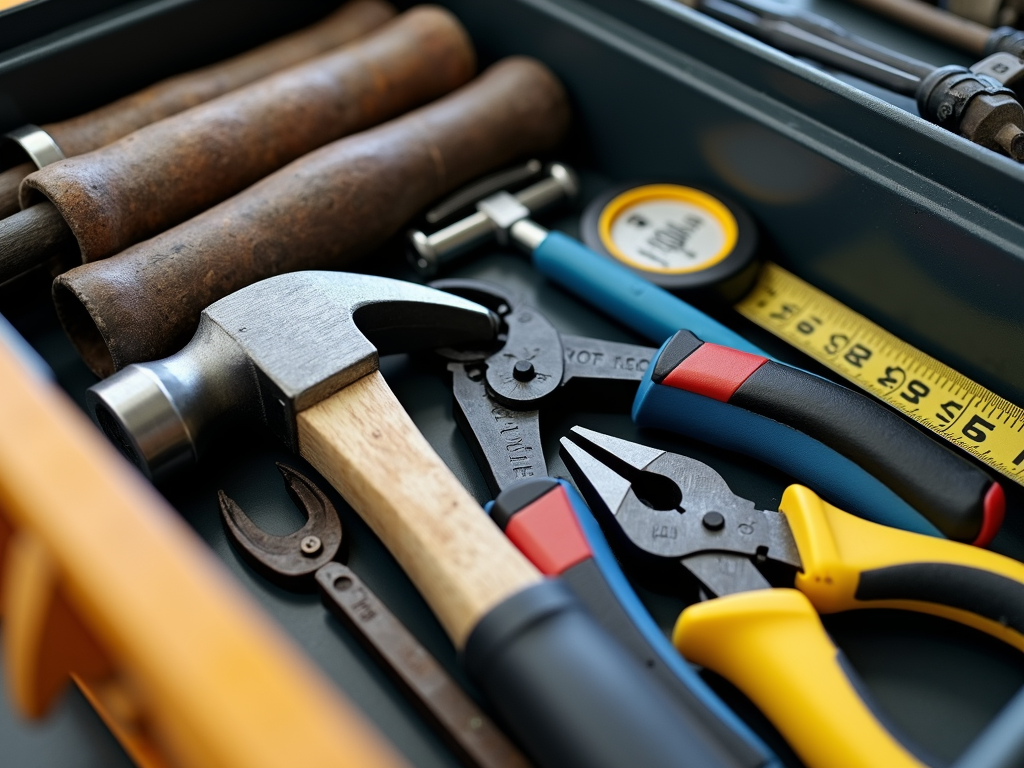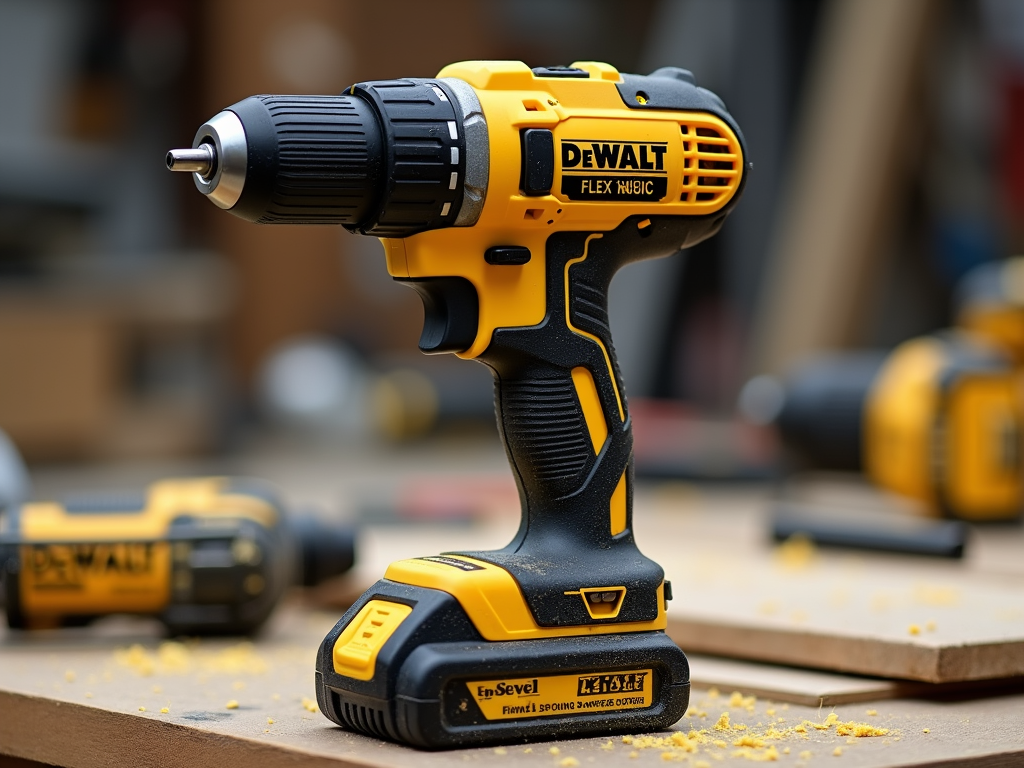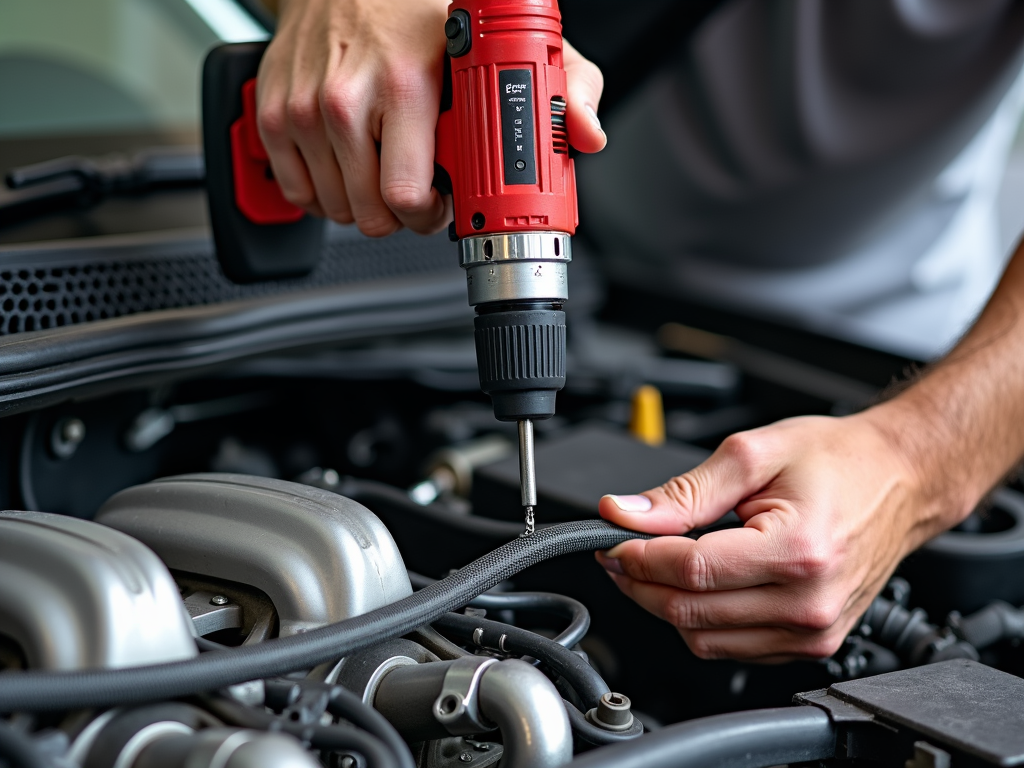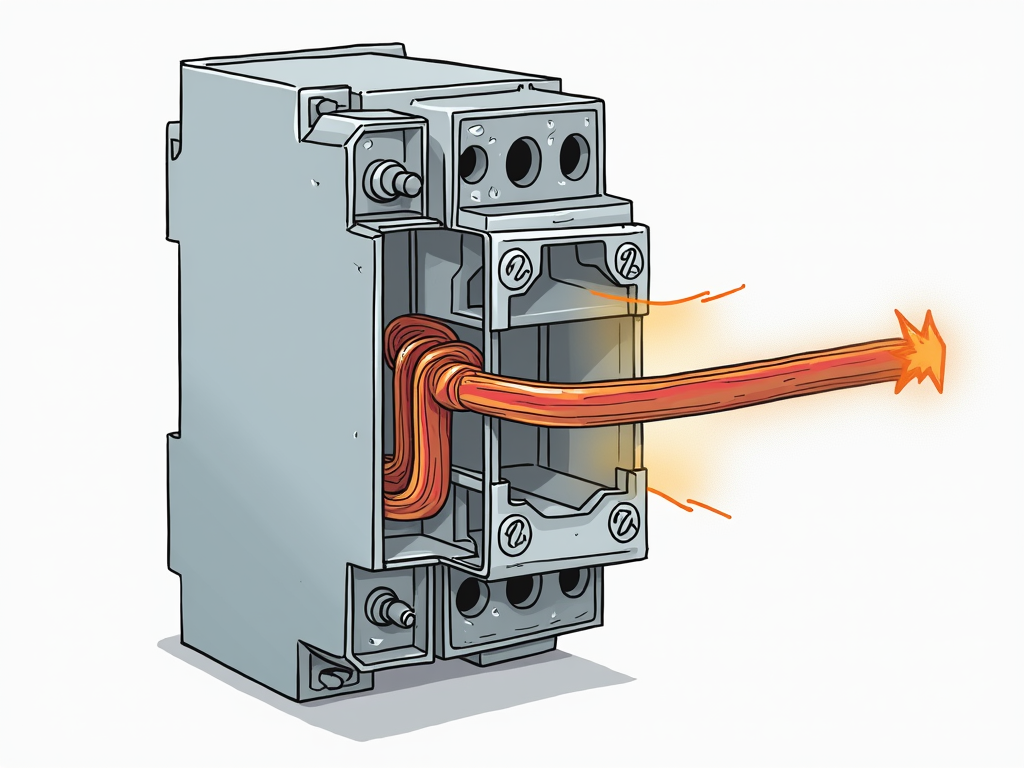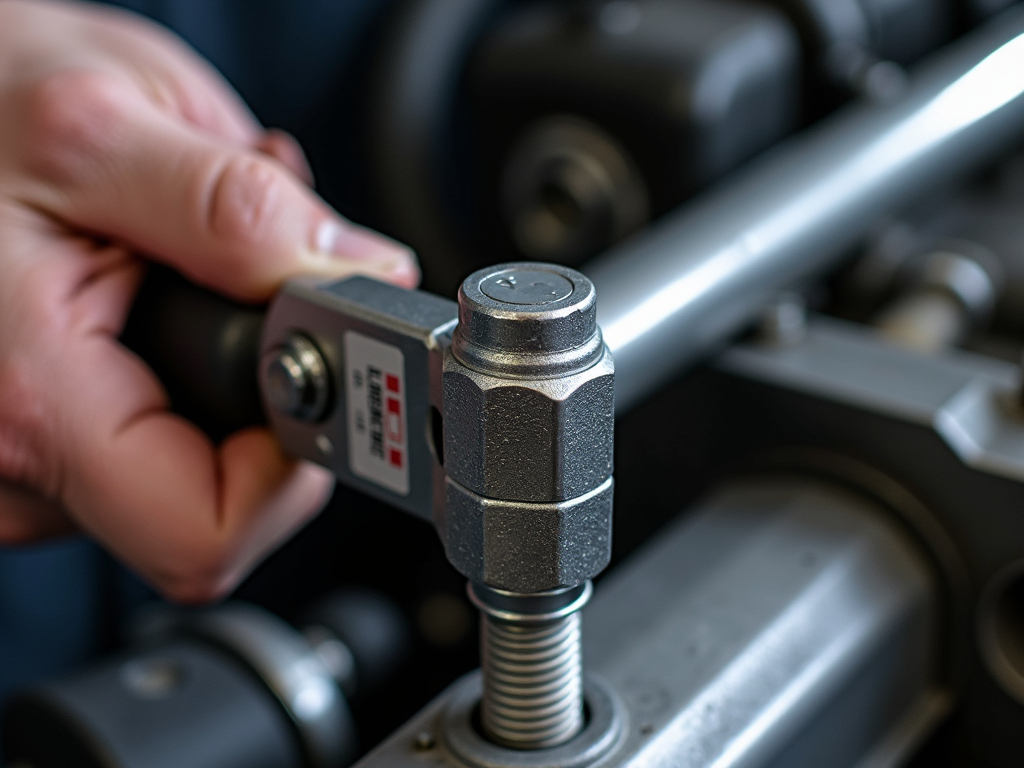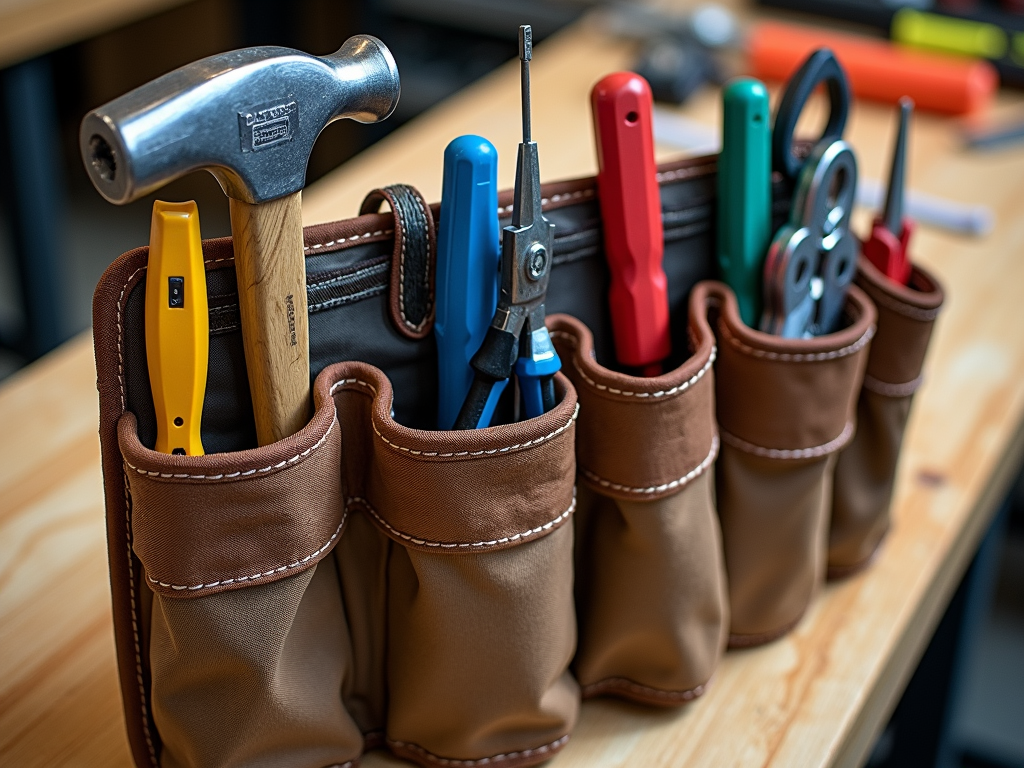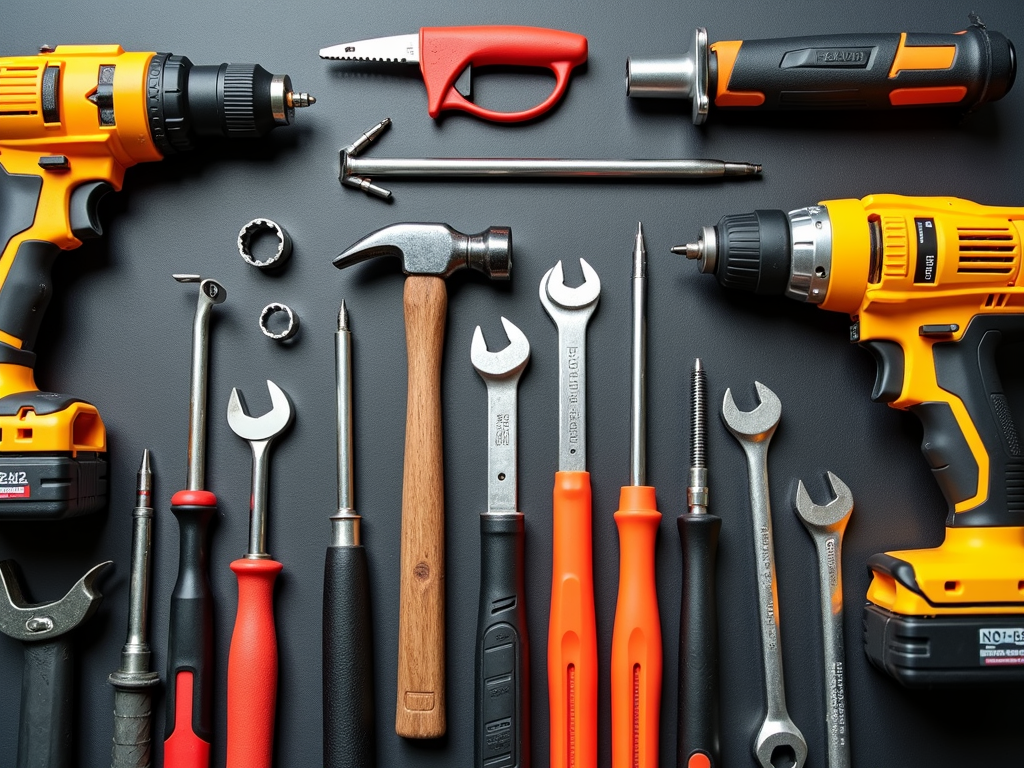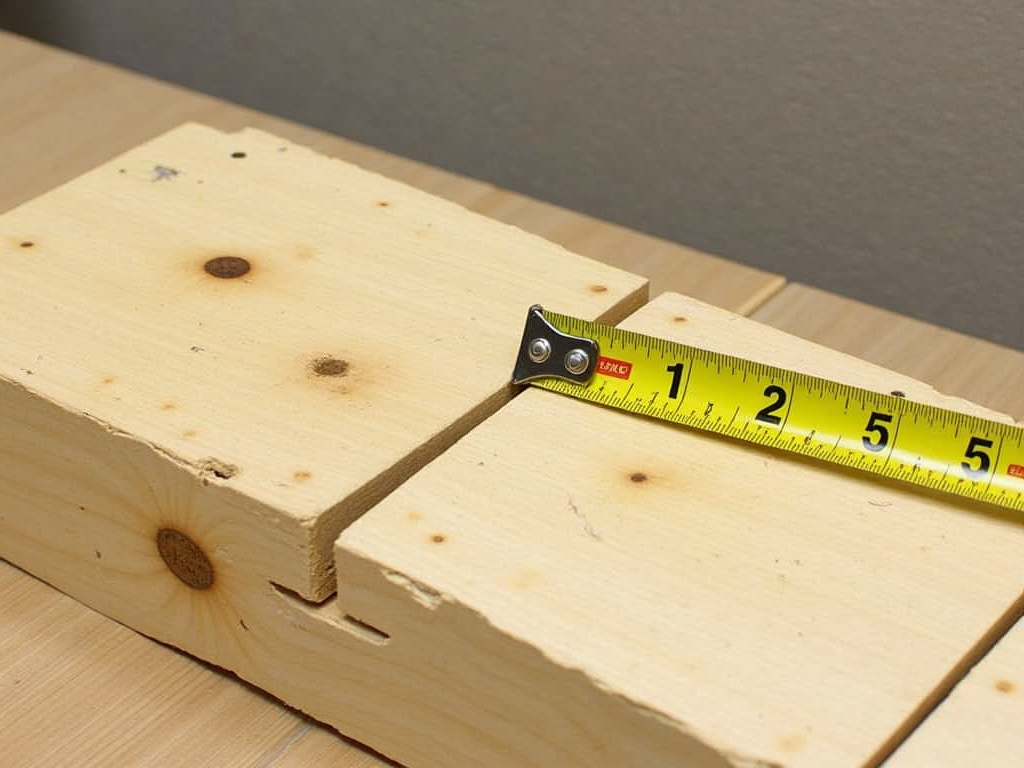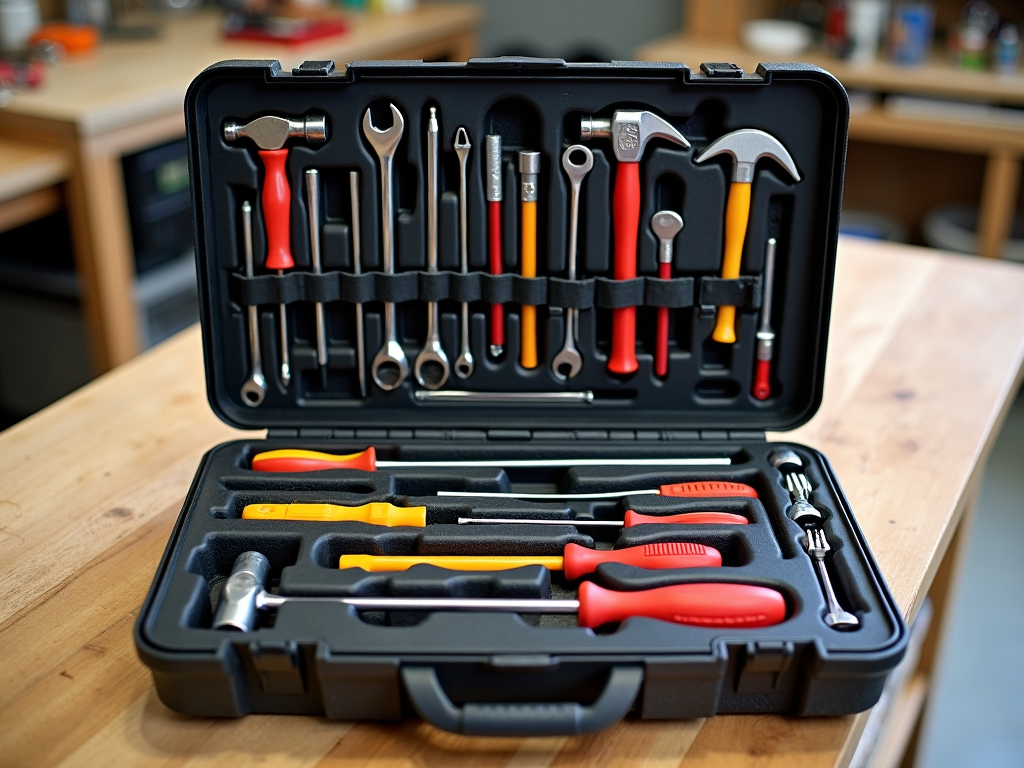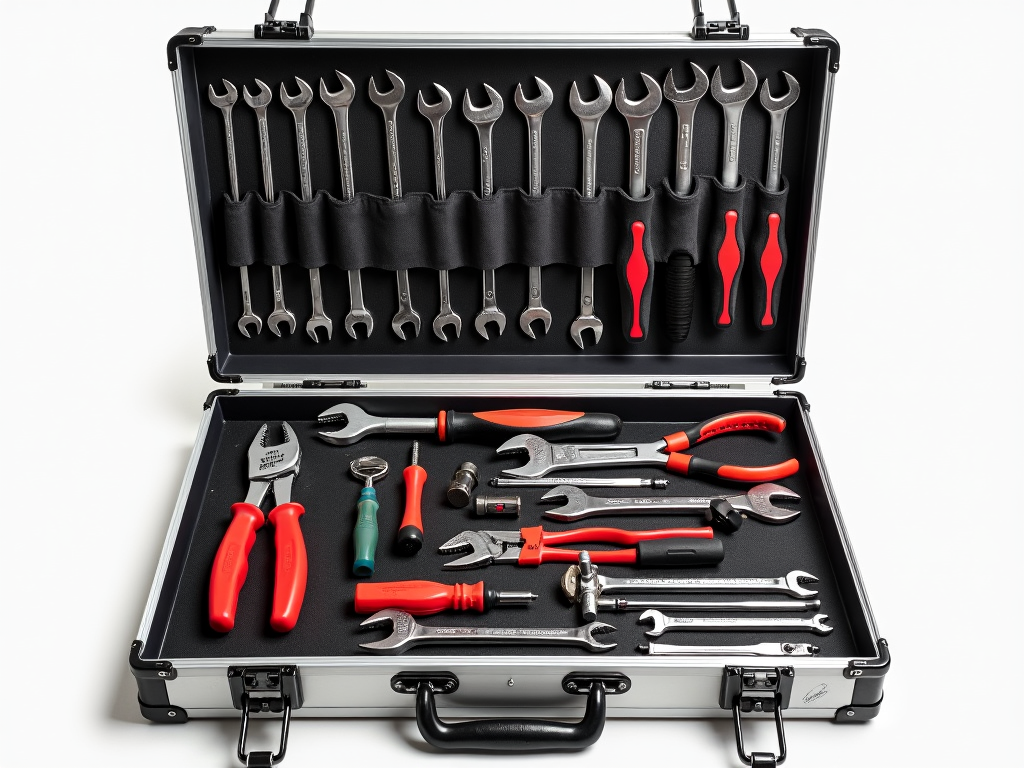This article dives into Understanding Hammer Dynamics and Ergonomics, uncovering how these vital tools work and why their design matters. From the physics behind a hammer’s swing to ergonomic features that ease your grip, discover what makes hammers a craftsman’s best friend.
Introduction to Hammers
Hammers rank among the oldest workman tools known to humanity. Picture a craftsman driving a nail or shaping metal—the hammer makes it happen. Different types suit different jobs. Claw hammers excel at woodworking and pulling nails. Ball-peen hammers shape metal with precision. Sledgehammers tackle demolition with raw power. Each type has a unique purpose, setting the stage for understanding their mechanics and comfort.
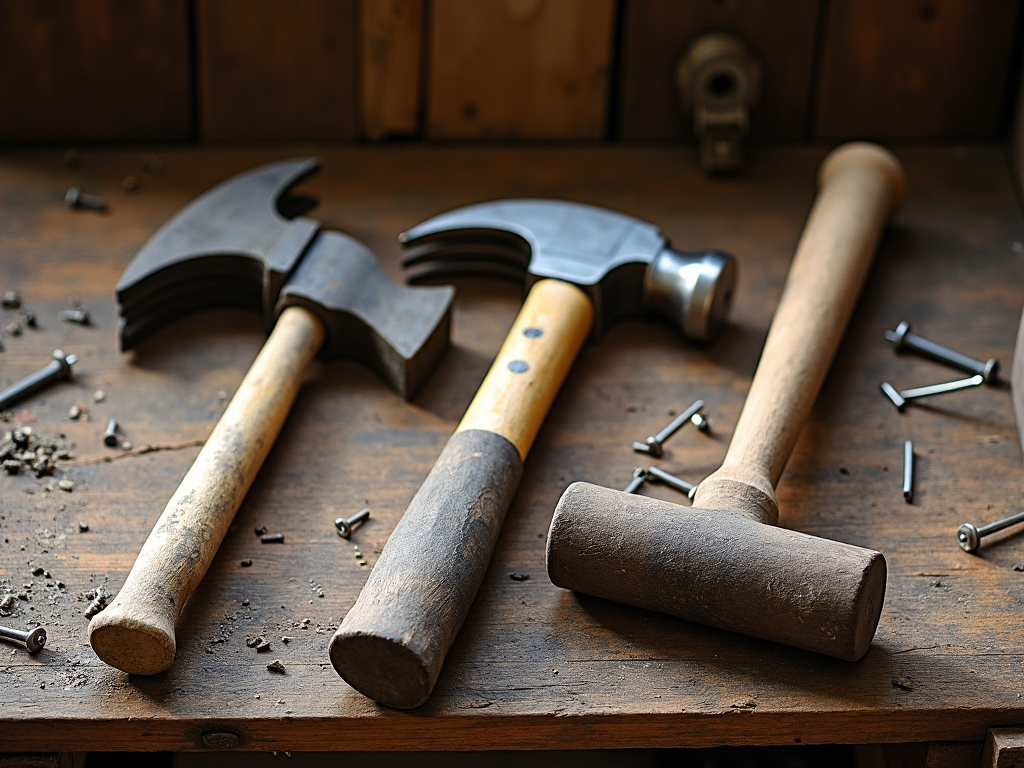
Why does this matter? Knowing your hammer’s strengths helps you pick the right one. I once grabbed a claw hammer for a metalworking task—big mistake. The job took twice as long, and my arm ached. Lesson learned: match the tool to the task.
Hammer Dynamics
A hammer’s magic lies in its simplicity. Swing it, and your arm’s energy flows into the hammerhead, smashing into the target. This is understanding hammer dynamics and ergonomics at its core. The hammer’s weight decides how much force it delivers. A heavy head hits harder but tires you out. The handle’s length boosts leverage—longer means more power, though it’s tougher to aim.
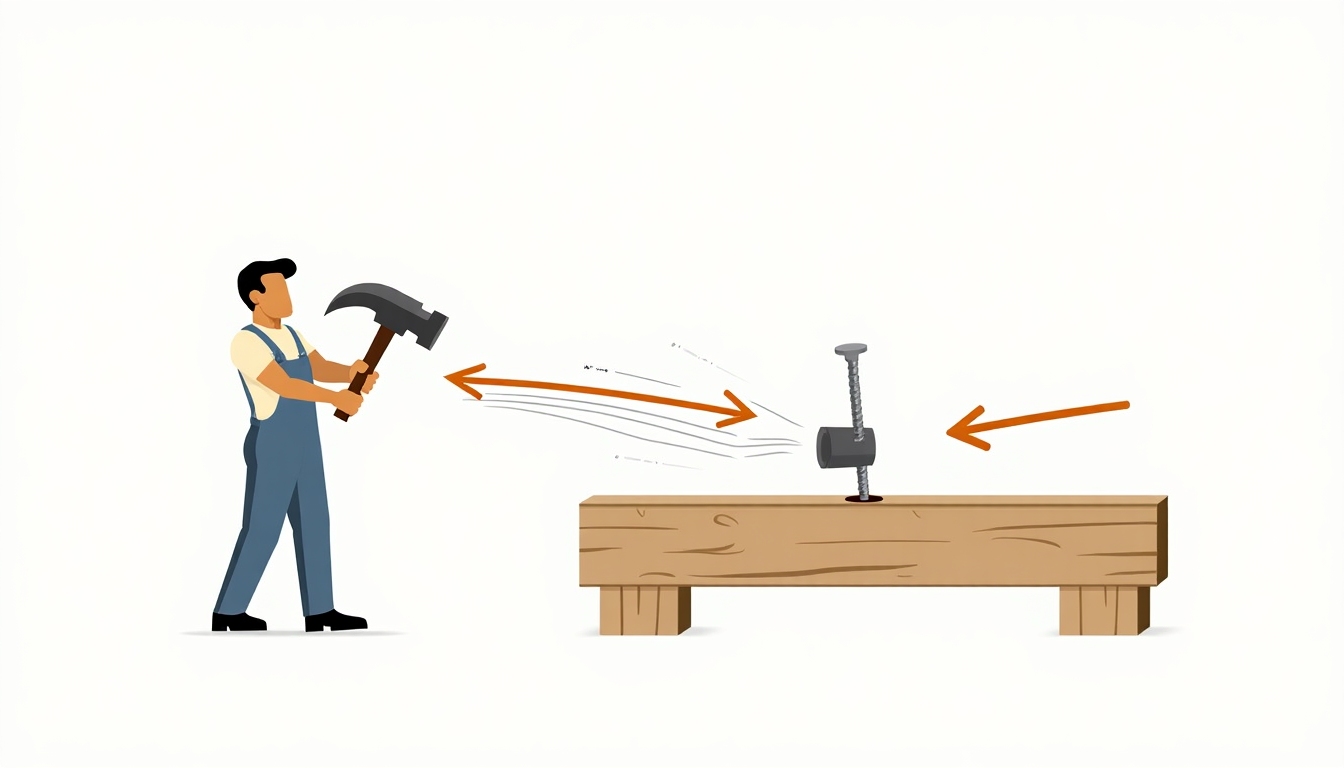
Think of it like throwing a ball. A fast, light toss goes far with little effort. Add weight, and you need more muscle. Hammers work the same way. For small nails, a light hammer is perfect. For big jobs, like breaking concrete, a sledgehammer’s heft is your ally. Mastering this balance boosts efficiency.
Ergonomics in Hammer Design
Now, let’s talk comfort. Ergonomics shapes how hammers feel in your hand. A good design cuts fatigue and keeps you swinging longer. Look for contoured grips that fit your palm naturally. Some handles use rubber or fiberglass to soak up shock, sparing your wrist. Weight balance matters too—a head-heavy hammer strains your arm, while a balanced one feels effortless.
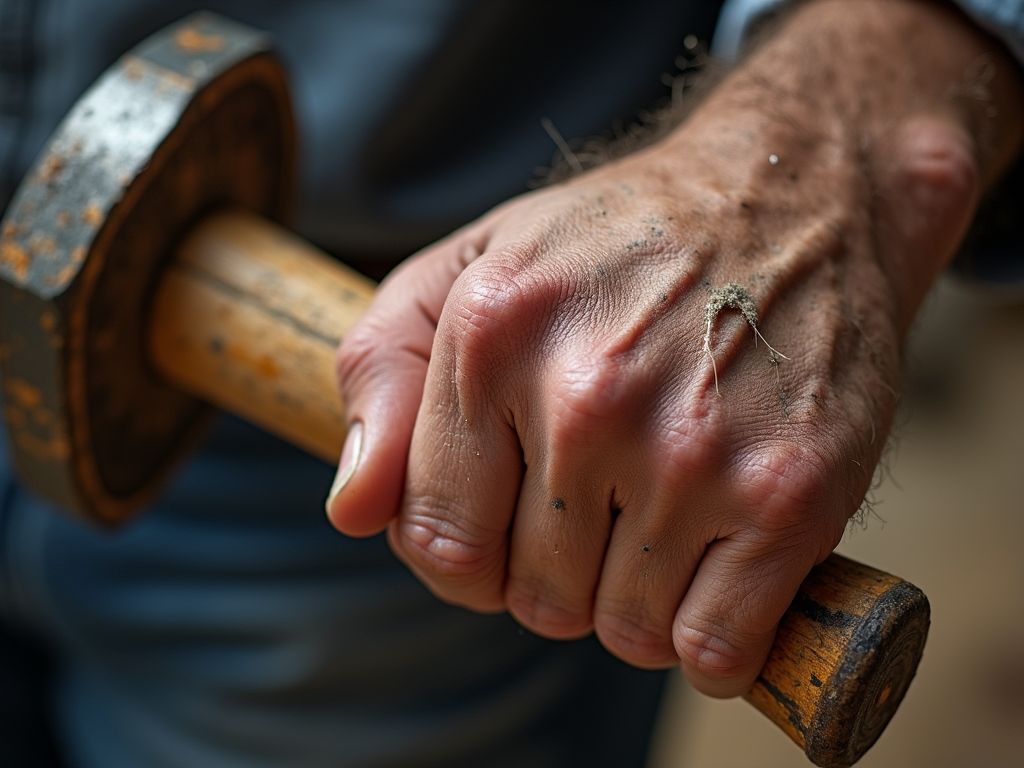
I’ve used cheap hammers with slick handles—my hand cramped after ten minutes. Then I switched to one with a shock-absorbing grip. Night and day difference. No more tingling fingers, and I could work hours without pain. That’s ergonomics in action, making tools fit you.
Personal Insights
Picking the right hammer isn’t just about the job—it’s about you. For detailed work, like framing a picture, a lightweight hammer gives you control. For smashing old drywall, grab a sledgehammer, but swing with your legs, not just your arms, to save your back. Hold it firm, not tight, and let the hammer’s weight do the heavy lifting.
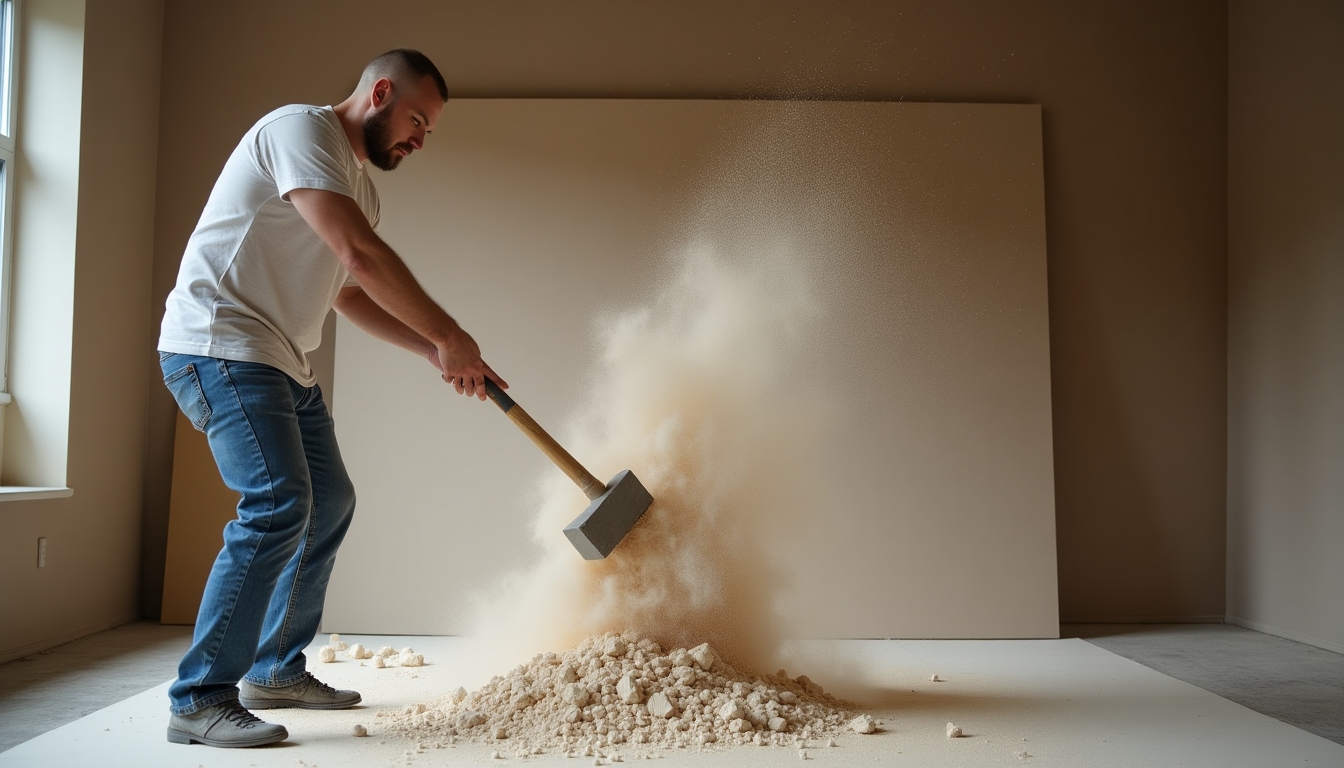
Here’s a tip from experience: check your hammer before every job. A loose head or cracked handle can ruin your day—or your hand. I once ignored a wobbly head, and it flew off mid-swing. Lucky it hit the wall, not me. Keep them clean and stored dry, and they’ll last years.
10 Must-Have Tools for Every Craftsman
Hammers shine brightest in a well-stocked toolkit. Here’s my take on the 10 Must-Have Tools for Every Craftsman: - Hammer: Your go-to for driving and breaking. - Screwdriver Set: Flathead and Phillips for every screw. - Pliers: Grip, twist, and cut with ease. - Tape Measure: Precision starts here. - Utility Knife: Clean cuts on the fly. - Level: Keep it straight every time. - Chisel Set: Shape wood or stone. - Wrench Set: Tighten or loosen anything. - Drill: Power through any material. - Safety Glasses: Protect your eyes, always. These tools, paired with skill, turn good work into great.
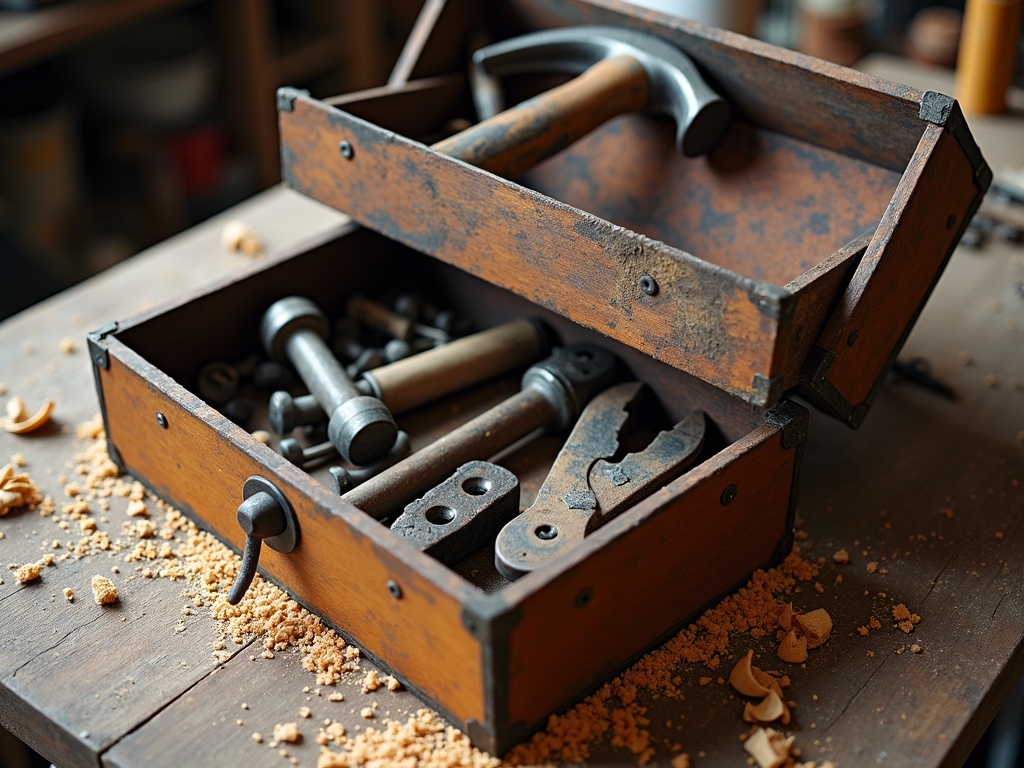
Why this list? I’ve built shelves, fixed cars, and framed walls with these exact tools. Skip one, and you’ll feel it. A hammer alone won’t cut it—pair it with the right crew, and you’re unstoppable.
Hammer Types and Uses
Let’s break it down further. Here’s a quick table of common hammers: | Type | Best For | Key Feature | |----------------|-------------------------|-----------------------| | Claw Hammer | Woodworking, nails | Curved end for prying | | Ball-Peen | Metal shaping | Rounded head | | Sledgehammer | Demolition, big stakes | Heavy, long handle | | Rubber Mallet | Gentle tapping, no marks| Soft head | This guide helps you grab the right hammer fast.
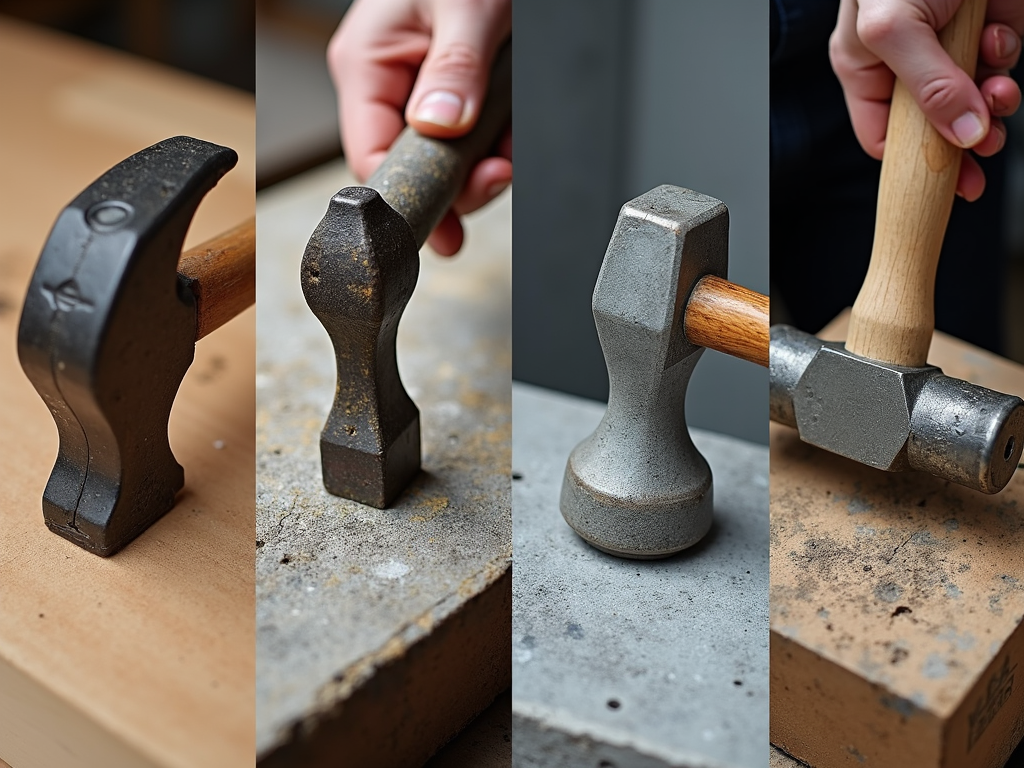
I keep a claw hammer and mallet handy for most jobs. The claw’s versatility saves time, while the mallet’s gentle tap shapes without dents. Knowing their strengths cuts guesswork and boosts your confidence.
In Conclusion
Understanding Hammer Dynamics and Ergonomics unlocks the full potential of these workman tools. The physics of a swing meets the comfort of a grip, creating a tool that’s both powerful and kind to your body. Master this, and your craftsmanship will soar—faster, safer, and smarter.
Related Understanding Hammer Dynamics and Ergonomics:
- Choosing the Perfect Hammer for Every Job: A Comprehensive Guide
- DIY Painting Hacks for Perfect Results
- DIY Maintenance Projects for Beginners: A Step-by-Step Guide
- Popular Brands for Workman Tools: A Comprehensive Guide
- Corded vs. Cordless Power Tools: Which is Best for Your Repair Projects?
- Beginner’s Guide to Circuit Breaker Troubleshooting
- How Torque Wrenches Enhance Vehicle Maintenance
- Tool Maintenance 101: Keeping Your Tools in Peak Condition
- The Ultimate Guide to Purchasing Workman Tools
- 10 Essential Tools for Every Beginner's Workshop
- Easy DIY Tool Care Tips for Longevity
- Workman Tool Maintenance Tips: Keep Your Tools in Top Shape
